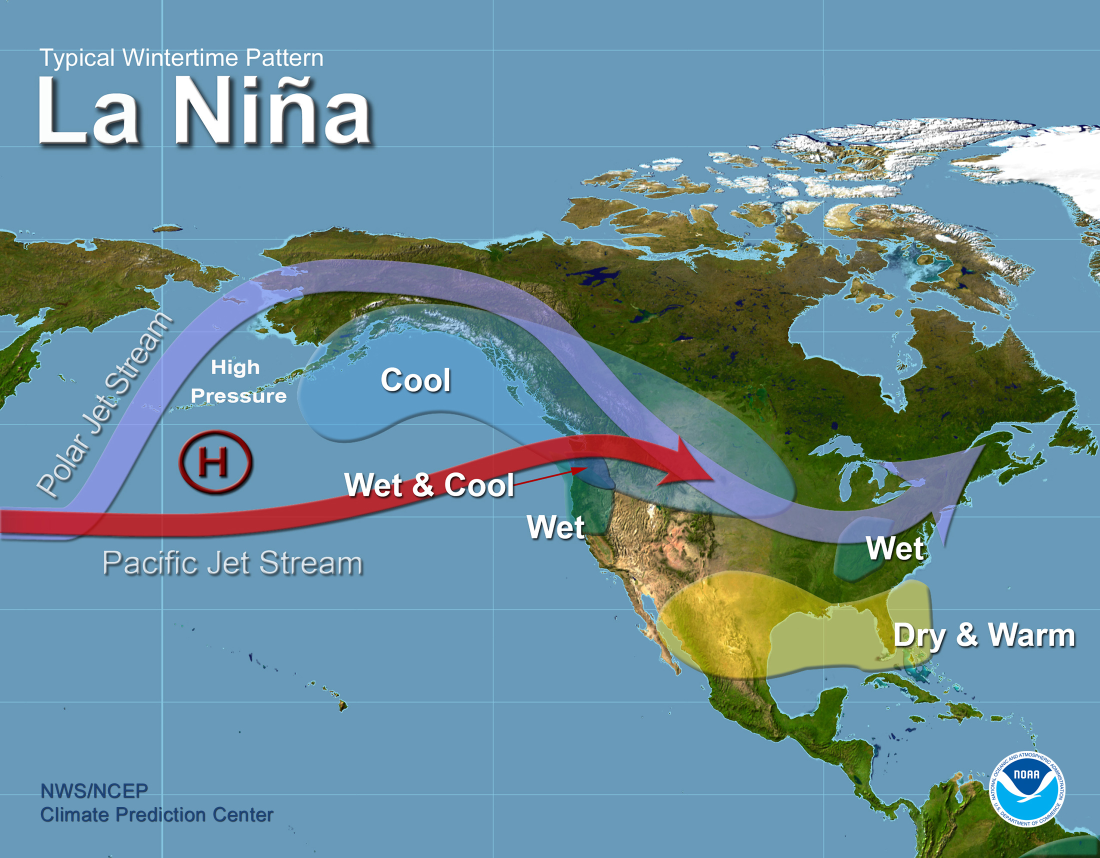
As the grip of a historically strong El Niño begins to loosen its hold, Texas weather watchers are turning their attention to the potential rise of its counterpart, La Niña, which could shape weather patterns in the coming months.
The Climate Prediction Center has issued a La Niña watch, signaling the possibility of La Niña conditions emerging within the next six months. Current projections suggest a 55% chance of La Niña conditions by meteorological summer, with odds climbing to nearly 80% by the arrival of fall.
So, what does this mean for Texas? The transition from El Niño to La Niña hinges on changing ocean temperatures in the eastern Pacific Ocean near the equator. While a strong El Niño typically brings wetter conditions to Texas, the onset of La Niña often signals warmer and drier weather patterns.
In recent memory, summers influenced by La Niña, such as those in 2011 and 2022, have been notably hot. However, historical data reveals a more nuanced picture when it comes to the relationship between La Niña and Texas summer temperatures.
Analysis of temperature and precipitation records since 1950 indicates that La Niña’s influence on summertime temperatures across Texas is minimal. In cities like Houston, San Antonio, and Dallas, average temperatures during La Niña summers differ only slightly from those during non-La Niña summers.
Similarly, rainfall patterns during La Niña summers vary widely across the state, with no consistent trend emerging. While San Antonio has historically seen increased rainfall during La Niña summers, Houston has experienced reduced rainfall, and Dallas has seen little difference compared to non-La Niña summers.
Meteorologists attribute La Niña’s limited influence on Texas summer weather to the positioning of the subtropical jet stream. During the summer months, the jet stream typically shifts northward, leading to subtropical ridging over Texas and contributing to dryness and heat.
However, as fall and winter approach and the jet stream moves southward, La Niña’s influence becomes more pronounced, often bringing warmer and drier conditions to Texas.
In conclusion, while La Niña’s impact on Texas summer weather may be subdued, its influence on weather patterns during other seasons remains significant, highlighting the dynamic nature of climate phenomena and their effects on regional weather.










